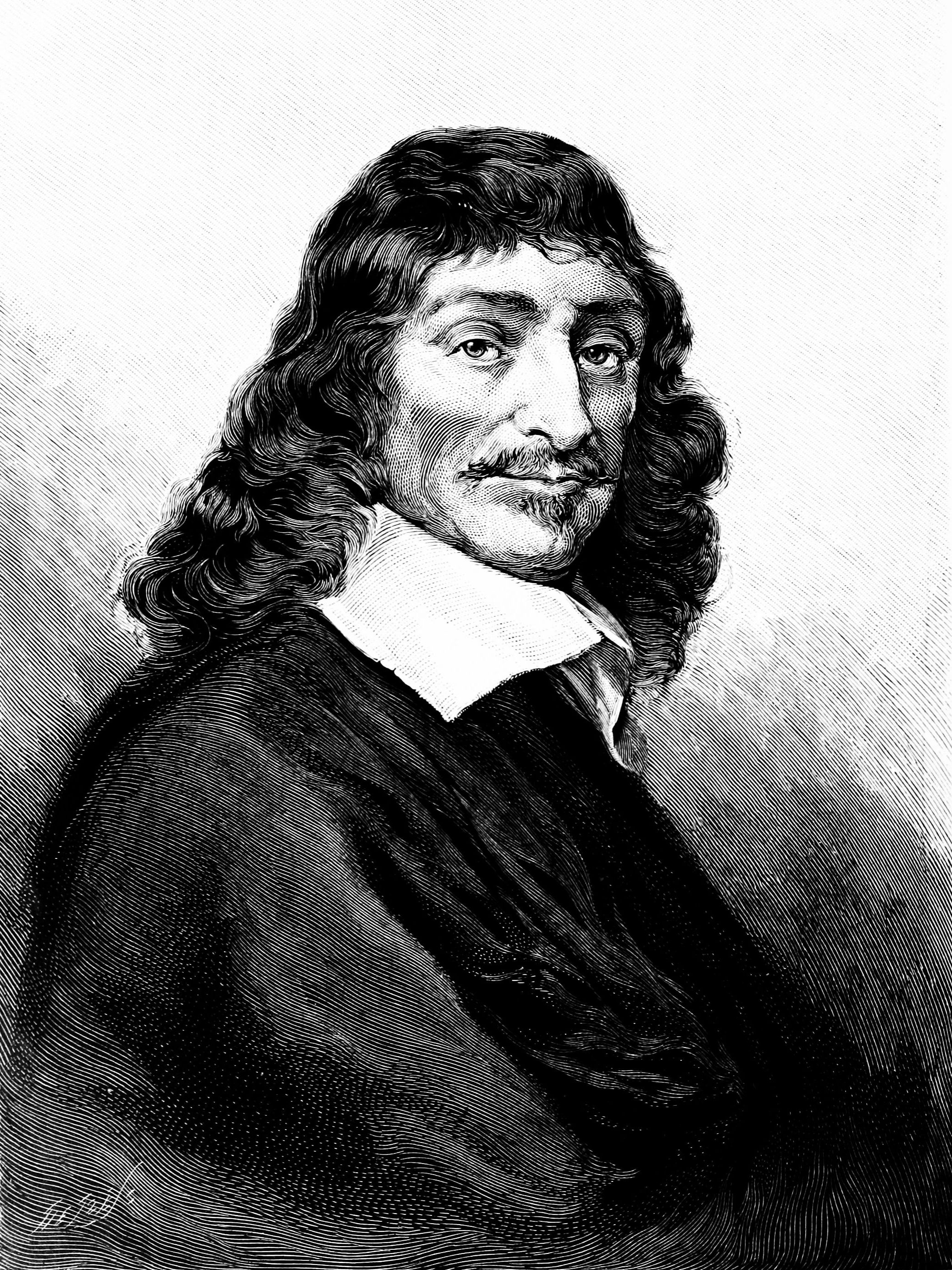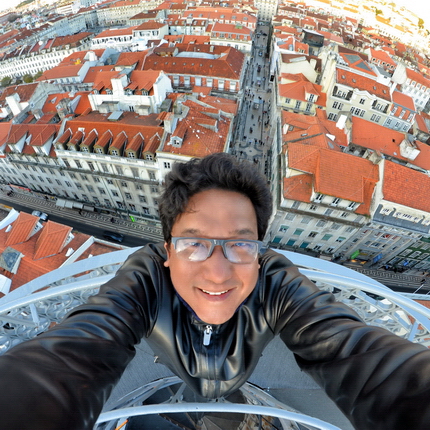
Polish photo-essayist Tomasz Gudzowaty has a deep commitment to documenting the often neglected area of non-commercial, non-mainstream sports and sporting activities. A law graduate from the University of Warsaw, he initiated himself into photography through work on nature, and then onto the social documentary, before arriving at his passion for non-commercial sports photography. Not unlike accomplished and critically acclaimed socially committed photo-essayists like W.Eugene Smith and Sebastiao Salgado, Gudzowaty chooses to express himself solely in the absence of colour, through remarkable black and white. The classic photo essay is often often identified as the one that is black and white – pitching itself into representing ‘stark reality’ as opposed to the distractions that colour might impose on the image, preventing the viewer from appreciating ‘the whole’. Non commercial sports also present unique moments, moments that Gudzowaty captures with mastery in his photo essay on the monks of the ancient fifth century Shaolin monastery in the Henan provice of China, a monastery well known for its martial arts practice of Shaolin Kung Fu. Take a look.
.jpg)


 Adapted from Kōbō Abe’s 1962 novel of the same name, ‘Suna no onna’ (translated as ‘The Woman in the Dunes’) is the piercing vision of a remarkable film artist,
Adapted from Kōbō Abe’s 1962 novel of the same name, ‘Suna no onna’ (translated as ‘The Woman in the Dunes’) is the piercing vision of a remarkable film artist, 




 Photo gallery
Photo gallery Photo Gallery
Photo Gallery You’re a role model sir, such awesomeness !!! :D
You’re a role model sir, such awesomeness !!! :D #NowFollowing @Milindo_Taid One of the most influential n interesting mentor from my design school. Always loaded. :)
#NowFollowing @Milindo_Taid One of the most influential n interesting mentor from my design school. Always loaded. :) Photo gallery
Photo gallery Photo gallery
Photo gallery Just detected your blog: impressive. wishing you continued inspiration and health.
Just detected your blog: impressive. wishing you continued inspiration and health. Still a fan of your unique and sweet finger strum on acoustic guitar. It made an ordinary guitar sound great. Would just love to see and hear one of those too.
Still a fan of your unique and sweet finger strum on acoustic guitar. It made an ordinary guitar sound great. Would just love to see and hear one of those too. love ur pics…they are like those moments which u capture in your mind and wished u had a camera right at that moment to capture it…but u actually do capture them :) beautiful…!!!
love ur pics…they are like those moments which u capture in your mind and wished u had a camera right at that moment to capture it…but u actually do capture them :) beautiful…!!! You’ll love this site by the awesome Milindo Taid
You’ll love this site by the awesome Milindo Taid You are inimitable!
You are inimitable! Your website is full of delightful posts. I’m going to have to watch where my time goes when I’m visiting! :)
Your website is full of delightful posts. I’m going to have to watch where my time goes when I’m visiting! :) Photo gallery
Photo gallery Grt milindo. eachtime want to check out something good on net…know where to go now!
Grt milindo. eachtime want to check out something good on net…know where to go now! We need more teachers like you :)
We need more teachers like you :) Happy teachers day! Out of all, your teachings n your way of being have really made a big positive impact on me.
Happy teachers day! Out of all, your teachings n your way of being have really made a big positive impact on me. Photo gallery
Photo gallery Photo Gallery
Photo Gallery Never thought I’d say this, but it was the most interesting classes I’ve sat in.. and of course, the day you played Sultans of Swing for us. Hope you continue to influence the next generations with your dynamic yet simple teachings.
Never thought I’d say this, but it was the most interesting classes I’ve sat in.. and of course, the day you played Sultans of Swing for us. Hope you continue to influence the next generations with your dynamic yet simple teachings. You are awesome :)
You are awesome :) Photo gallery
Photo gallery Hi Milindo, hope you are inspiring many more around you…wherever you are!
Hi Milindo, hope you are inspiring many more around you…wherever you are! So glad you enjoyed my photos, really honored to be featured on your blog. thank you sir!
So glad you enjoyed my photos, really honored to be featured on your blog. thank you sir! i really like your blog – good interesting stuff as always !
i really like your blog – good interesting stuff as always ! great blog :)
great blog :) Photo gallery
Photo gallery hope you’re changing the world as always :)
hope you’re changing the world as always :) This is by far amongst the best curated creative content sites out there and the eye and vision of one man, when good, works better than any funded team. Inspired enormously once again :)
This is by far amongst the best curated creative content sites out there and the eye and vision of one man, when good, works better than any funded team. Inspired enormously once again :) Its really good to see you Milindo, with such awesome stuff from you as usual.. loved your blog as well!
Its really good to see you Milindo, with such awesome stuff from you as usual.. loved your blog as well! Love your site Milindo. I was excited to see you displaying my husband’s watermelon carvings
Love your site Milindo. I was excited to see you displaying my husband’s watermelon carvings Photo gallery
Photo gallery Milind never told u but u were my first true inspiration….I almost learnt the guitar watching u play…..thanx for being there
Milind never told u but u were my first true inspiration….I almost learnt the guitar watching u play…..thanx for being there veryveryinterestingwebsite.have been visiting! thankyou!
veryveryinterestingwebsite.have been visiting! thankyou! Oldest operating bookstore
Oldest operating bookstore Milindo Taid – ace teacher, rockstar guide to my projects at film school, guitarist and photographer too. Really good human being as well
Milindo Taid – ace teacher, rockstar guide to my projects at film school, guitarist and photographer too. Really good human being as well Photo gallery
Photo gallery Photo gallery
Photo gallery Photo gallery
Photo gallery Photo gallery
Photo gallery Guitar in your hand reminds me of the MCRC days! You are terrific… :)
Guitar in your hand reminds me of the MCRC days! You are terrific… :) With all the magical places you are checking off your bucket list! I want to know how to be you :)
With all the magical places you are checking off your bucket list! I want to know how to be you :) You are the only faculty member I could connect to!
You are the only faculty member I could connect to! Absolutely amazing blog – a chest full of treasure.
Absolutely amazing blog – a chest full of treasure. Photo gallery
Photo gallery Photo gallery
Photo gallery Photo gallery
Photo gallery Photo Gallery
Photo Gallery I was just looking at your website… amazing it is… full of knowledge as always..
I was just looking at your website… amazing it is… full of knowledge as always.. Photo gallery
Photo gallery Photo gallery
Photo gallery Your courses were always the best. By the way, just went through a bit of your website. It’s great! Some good stuff in there that I wouldn’t normally chance upon
Your courses were always the best. By the way, just went through a bit of your website. It’s great! Some good stuff in there that I wouldn’t normally chance upon OMG its like a painting!! you have taken photography to another level!!!
OMG its like a painting!! you have taken photography to another level!!! I discover TL of a writer and respected intellectual, with a tolerant, global conscience: @GhoshAmitav – tx @Milindo_Taid
I discover TL of a writer and respected intellectual, with a tolerant, global conscience: @GhoshAmitav – tx @Milindo_Taid